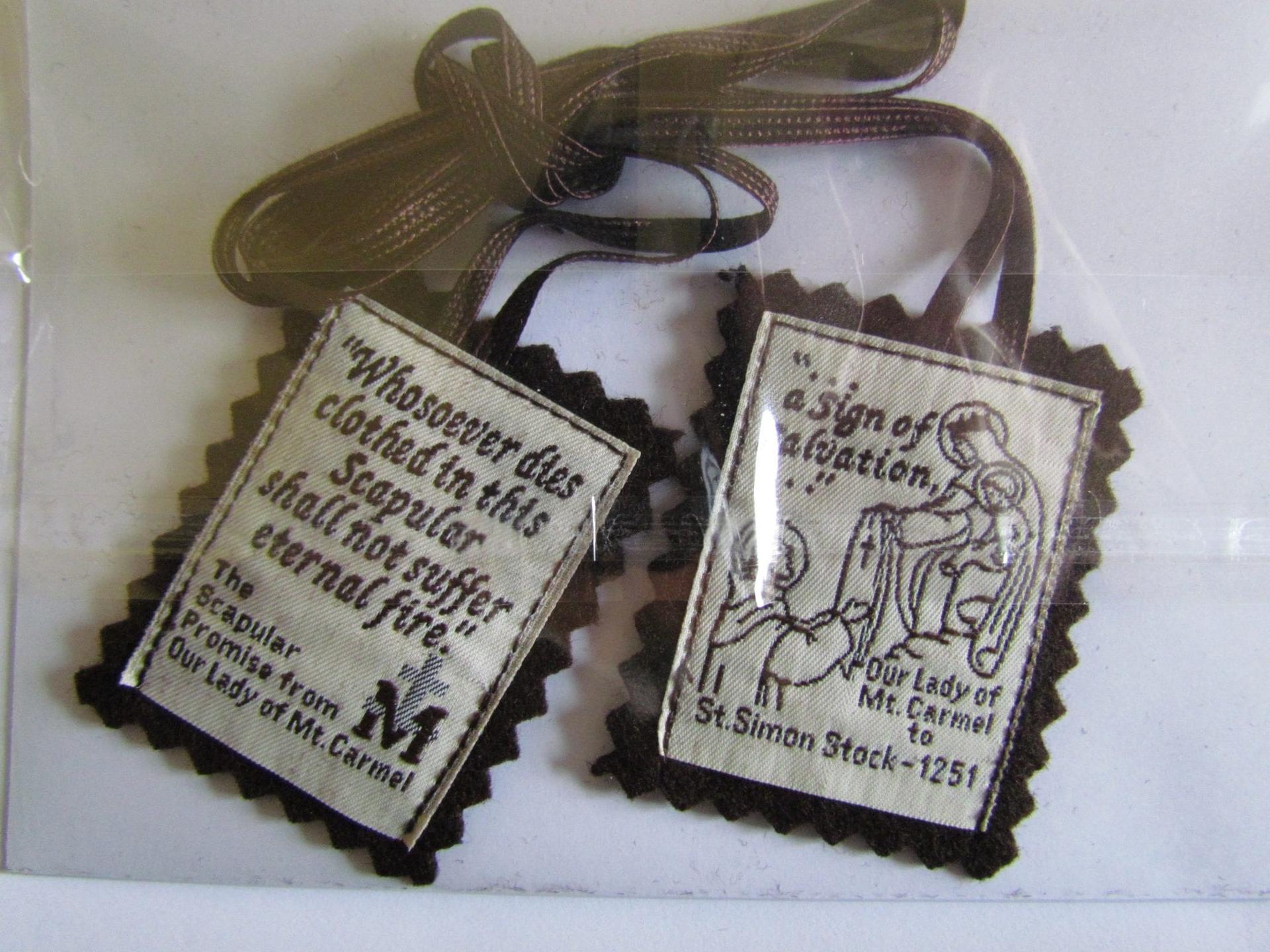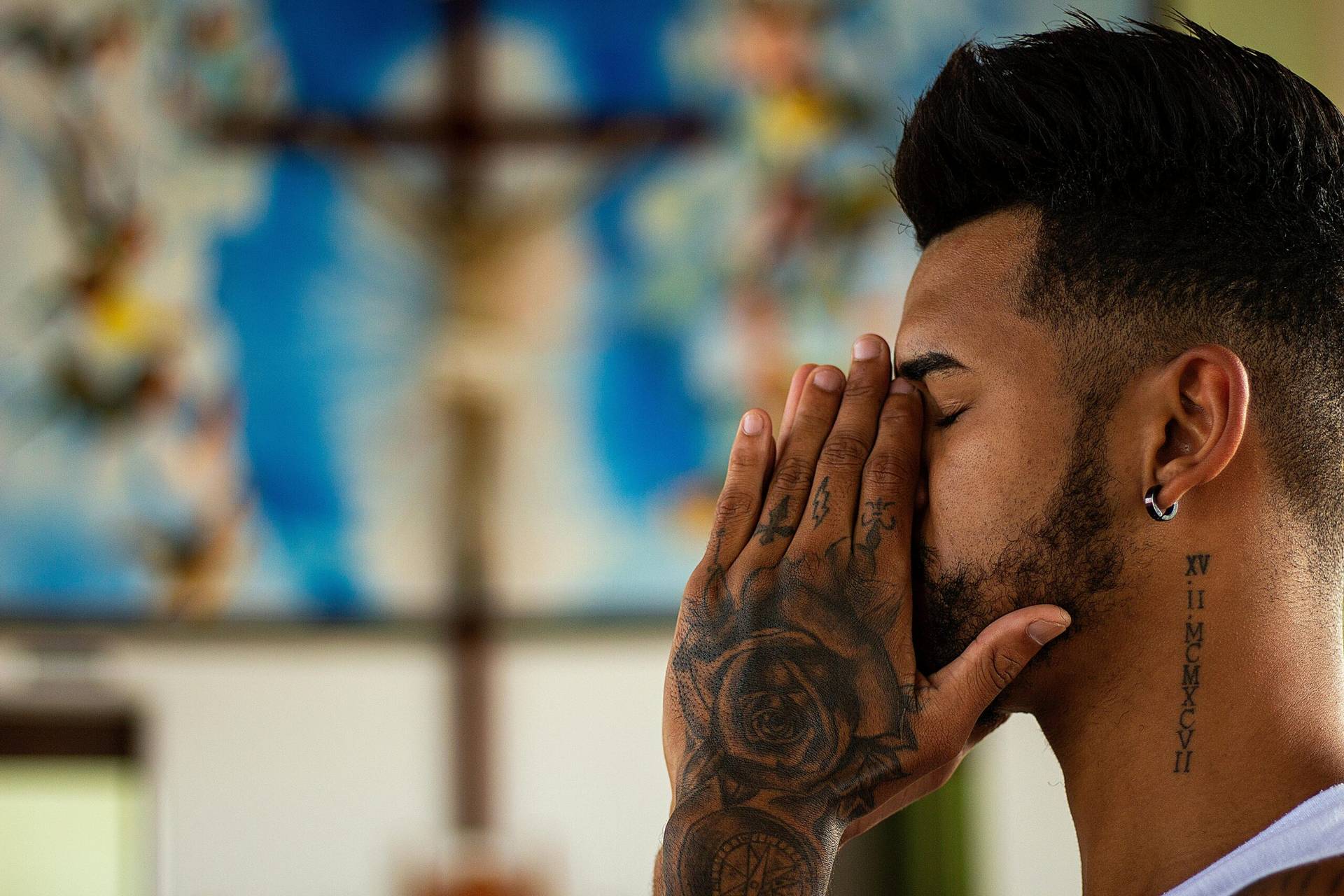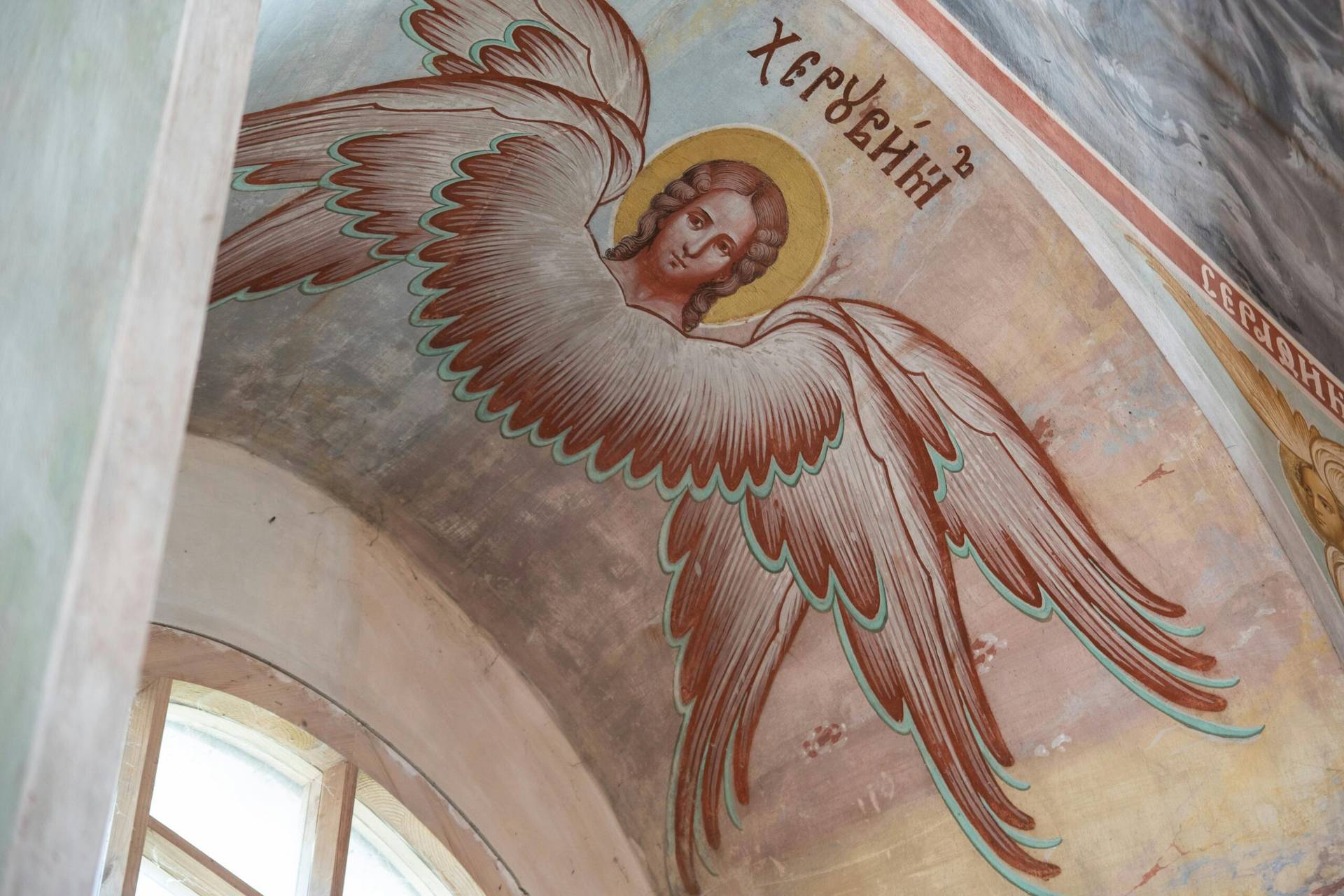Yesterday, July 16, was the “scapular feast” of Our Lady of Mount Carmel. While the feast day is not as well known as it used to be, it is once again growing in popularity, so it can offer some important lessons today about following Jesus Christ and the purpose of devotional practices in the life of the Church.
Who is the Lady of Mount Carmel? What exactly is a scapular? And how is any of this important in following Jesus Christ?
The title “Our Lady of Mount Carmel” is at least an eight-hundred-year-old honorific designation for Mary of Nazareth, the Mother of Jesus Christ.
In the twelfth and thirteenth centuries, Christian hermits lived on Mount Carmel in the Holy Land. The mount was known for its biblical prominence, especially in the infamous battle between the Prophet Elijah and the priests of Baal, and the subsequent victory of the prophet and his meditative wait on the voice of God.
Due to this biblical association, hermits were attracted to Mount Carmel to pray, listen, and discern the voice of God. The eremitical group came to be called Carmelites, and eventually they gave Mary the title of the mount because of their prayers to her and her spiritual solidarity with them.
How does the scapular fit into this story? Why are scapulars or other devotionals important to Christian believers? Don’t such things get in the way of the simplicity of the gospel?
One of the most famous Carmelites was the Englishman, St. Simon Stock. As a young man, the saint went to Mount Carmel, imitated the way of the life of the hermits, and then returned to Europe bringing the Carmelite Order with him.
He labored to make them less an eremitical order and more of a community-based mendicant order (similar to the Franciscans and Dominicans, who were also being founded around the same time). By 1251 AD, the Carmelite Order was undergoing great scrutiny over this transition, and so St. Simon Stock turned to Our Lady of Mount Carmel in prayer.
While he was in prayer, Mary appeared to the saint, consoled him, and gave him a brown scapular. A “scapular,” taken from a Latin word meaning “shoulder,” consists of two pieces of cloth worn front and back over a person’s shoulders. It’s symbolic of a yoke placed upon a worker, and came to symbolize a consecration to God and his kingdom.
The brown scapular was given to St. Simon Stock to encourage him in his faith as well as in his mission to spread the Carmelite spirituality. As the scapular grew in popularity, especially in a modified smaller form for Christians who were not friars, the pieces of cloth were revered as one of the Church’s favored sacramentals, or devotional expressions.
In time, other scapulars have become popular in the Church, such as the Red Scapular of Christ’s Passion, the Black Scapular of the Seven Sorrows of Mary, the Green Scapular of Immaculate Heart of Mary, and several others.
As seen in the witness of St. Simon Stock and the brown scapular, all of the other various scapulars of the Church, as well as the vast array of other devotionals in the Church’s life, are meant to express and serve a believer’s interior faith and the person’s commitment to Jesus Christ.
In his teachings, Jesus called his disciples to discretion. He exhorted them not to do things so as to be seen, but he also called them to share their faith and to let their light shine before all people. This delicate balance of discretion and disclosure is played out in the use of sacramentals by believer’s today.
As a believer chooses to wear a scapular or a crucifix or some other religious medal, the question should be asked: Is there more religion on them than in them? No scapular or medal, however blessed and favored by the Church, can make up for what is lacking in the spiritual heart of the person.
With that said, however, the sacramentals of the Church do exist and are recommended so as to assist and strengthen the believer’s faith. They can also be a compelling sign to others, not only of the person’s own dedication to God, but of the enduring invitation of God to all people to accept and follow his way of love and service.
In a time of growing secularism in the West, devotionals can find a poignant relevancy as scapulars and other sacramentals of the Church are given a stage that is no longer readily given to theology and catechetics.
When so many are told that God does not exist, and that he is merely a cherished heirloom, psychological consolation, or hereditary expectation, the believer, like Saint Simon Stock, can find a help and consolation in the devotions of the Church — and through them, respectfully point society to a different conclusion about God and a life of faith.















